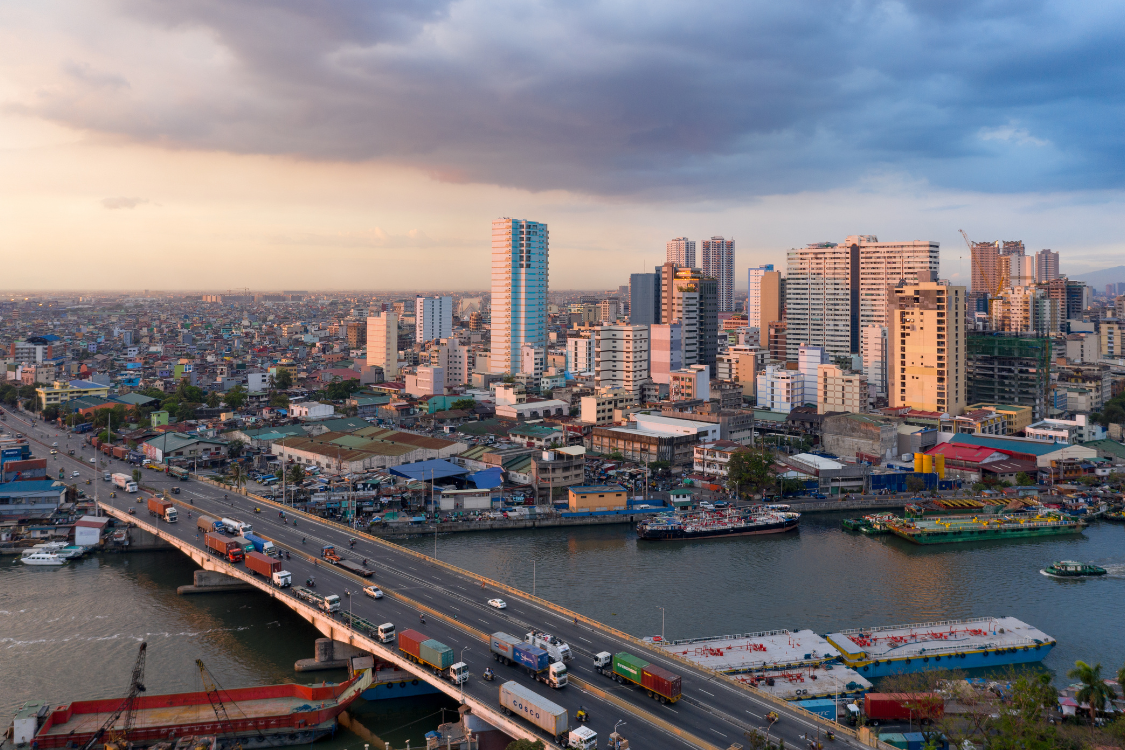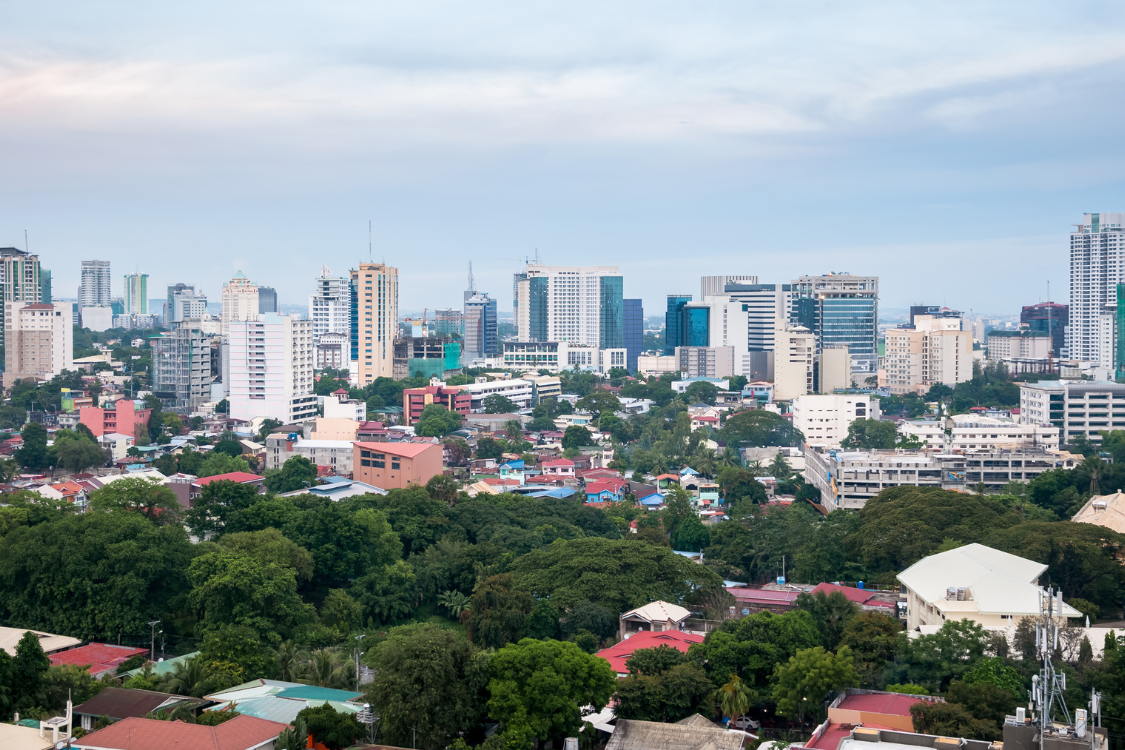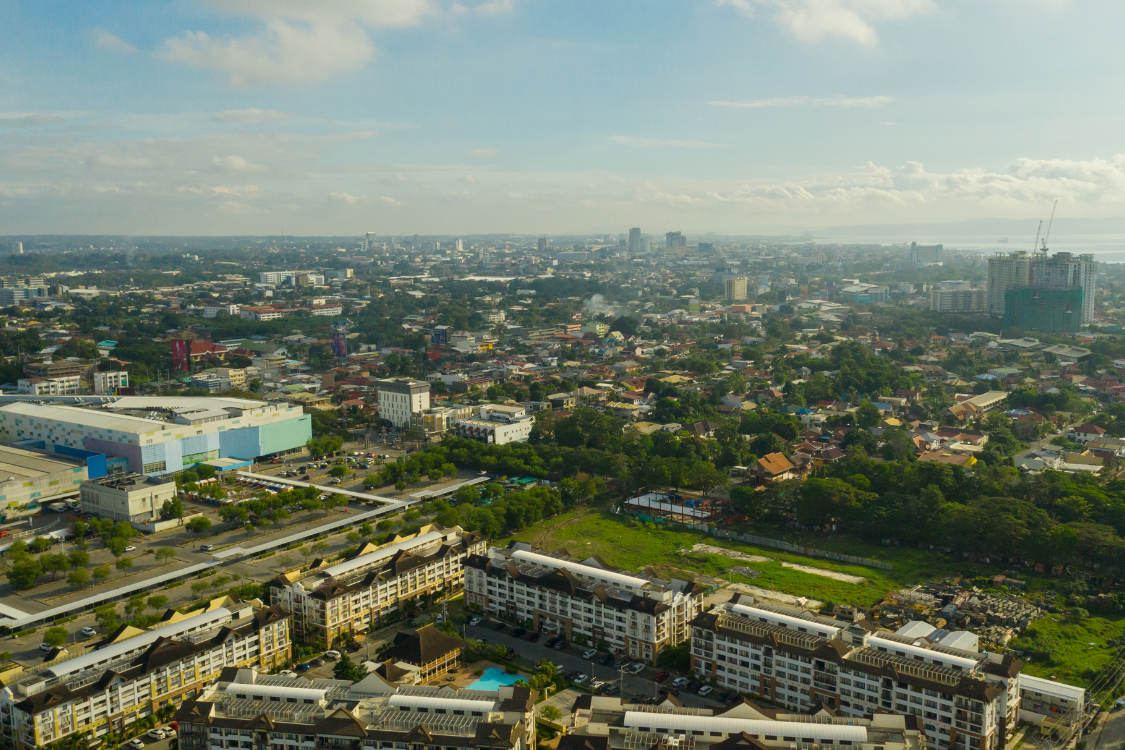Hiring in the Philippines without understanding regional salary differences can cost your business more than you think. Salary in the Philippines varies widely by location, and roles with the same title may show a salary gap of up to 25% between Metro Manila and rural areas, depending on the industry and skill level.
Many foreign investors and employers assume one national rate applies, but ignoring regional data leads to mismatched salary expectations, higher turnover, or overpaying for roles in low-demand areas. This article breaks down Philippine salary differences by region to help you build competitive salaries, align with the local job market, and hire smarter across various industries.
Why Regional Salary Data Matters for Remote Hiring
The same job title in the Philippines can mean very different pay depending on where the employee lives. Looking at average salaries by region helps employers manage costs, reduce turnover, and meet realistic salary expectations.
Rates vary up to 25% by region for the same role
A virtual assistant in Metro Manila might earn $1,200 monthly, while someone with the same role in a provincial area may accept $900 or less. These differences reflect the cost of living, education levels, and local job competition. Understanding Philippine salary differences by region helps employers offer competitive salaries without overpaying.
Hiring location impacts both cost and turnover
Workers in high-demand sectors like tech or design in Metro Manila expect higher salaries and frequent promotions. In contrast, talent in rural areas tends to stay longer, even at lower wages, leading to better retention. Where you hire affects your business operations, not just your payroll.
Regional benchmarks help avoid overpaying or under-hiring
Referencing regional tripartite wages, minimum wage rates, and industry benchmarks helps align your offers with local expectations. Employers who skip this step risk under-hiring in skilled areas or overpaying in low-cost regions. Salary trends and median salary ranges guide more innovative compensation planning.

2025 Monthly Salary Ranges by Role and Region (in USD)
Understanding salary differences by location helps you plan for realistic compensation. The table below compares average monthly salaries for typical Metro Manila, Cebu, and Davao/Provincial roles. These benchmarks help align your outsourcing needs with local expectations, especially when weighing the Philippines’ average salary against minimum wage levels in each region.
| Role | Metro Manila | Cebu | Davao/Provincial |
|---|---|---|---|
| Virtual Assistant | $700–1,200 | $600–1,000 | $500–900 |
| Customer Support Rep | $600–1,000 | $500–850 | $450–750 |
| Bookkeeper | $800–1,300 | $700–1,100 | $600–1,000 |
| Graphic Designer | $850–1,400 | $750–1,200 | $650–1,000 |
| Junior Web Developer | $1,200–2,000 | $1,000–1,800 | $900–1,600 |
What Drives the Salary Gaps Between Regions?
Not all regions offer the same pay. Several key factors cause salary in the Philippines to vary. Employers should understand these drivers before building teams across different areas.
Cost of living differences
Metro Manila has higher housing and transportation costs, increasing the minimum wage and average salary. Meanwhile, provinces offer a lower cost of living, allowing for comfortable lifestyles with less Philippine pesos. These differences create visible wage gaps for similar roles, even under the same national wage framework.
Access to higher education and tech infrastructure
Access to top universities and reliable tech infrastructure produces a more competitive workforce. As tracked by the Philippine Statistics Authority and other labor sources, regions like Cebu and Manila attract skilled workers and offer higher pay, especially in digital marketing and IT.
BPO competition (especially in Metro Manila)
The rise of global outsourcing in Manila has raised salary expectations across various industries. Employers compete with established BPOs and tech firms by offering competitive salaries, often exceeding rural and public sector rates.
Regional demand for specific roles (e.g., tech vs admin)
Some roles, like admin support, are widely available, but others—like developers or designers—are concentrated in tech-heavy areas. This demand drives up salaries in certain cities and contributes to uneven economic growth across the country.

Why Metro Manila Commands the Highest Rates
Metro Manila is the country’s top employment hub, drawing talent across the Philippines. It also brings some of the highest labor costs, making it essential to weigh value versus volume before hiring.
Largest population of college-educated professionals
The National Capital Region (NCR) has the highest number of graduates from top universities. Many Filipino professionals in Manila hold a bachelor’s degree and speak fluent English, making them highly qualified for various job roles. This strong talent pool contributes to higher earning potential, allowing many workers to live comfortably by local standards.
Presence of global BPOs and tech firms raises competition
Manila hosts thousands of outsourced Philippines team operations and foreign investors. These companies, often based in developed countries, offer attractive compensation and benefits, driving up pay across the Philippines economy. Compared to other countries in the region, Metro Manila’s tech and BPO presence sets a high bar for salaries and hiring competition.
Job-hopping more common, requiring more substantial salary incentives
Due to tight job competition, Filipino workers in Metro Manila tend to change jobs more often. To reduce turnover and attract top talent, employers must go beyond minimum wage rates and offer higher pay, growth opportunities, or strong data security measures for remote roles.

Cebu’s Advantage: Balance Between Cost and Talent
Cebu is the second-largest business center in the Philippines and offers a great mix of affordability and professional skills. It’s becoming an attractive option for companies outsourcing to the Philippines across various sectors.
Strong English and service skills, slightly lower rates
Cebu has a large pool of service-oriented talent with strong English communication. The Philippines offers skilled workers for job roles like customer support, virtual assistant, and digital marketing. Many of them hold a bachelor’s degree, and compared to similar positions in Manila, salaries are often lower for the same skill sets.
Reliable infrastructure with less saturation than Manila
The city has stable internet, strong transport access, and many co-working hubs. With fewer large companies than in Metro Manila, competition is less intense. This makes it easier for employers to maintain fair salaries while offering other perks that boost retention.
Ideal for digital, admin, and marketing support
Cebu performs well in different industries that require both communication and technical skills. It is especially strong in digital, administrative, and marketing support, where the talent pool is reliable and salary expectations remain reasonable for growing teams.

Davao and the Provinces: Value with Loyalty
Davao and other rural areas in the Philippines provide cost-effective hiring options for long-term support roles. The trade-off is a smaller talent pool, but loyalty and retention are often stronger.
Lower salary expectations (10–25% below Manila)
Because of the lower cost of living and fewer employers, minimum wage rates and average salaries are much lower than in NCR. Employers can find skilled workers at rates 10–25% less, especially for entry-level or admin roles.
Stronger long-term retention rates
Job options in these regions are more limited, so Filipino workforce members in provincial areas tend to stay once hired. This reduces retraining costs and keeps your business operations stable. Many employers also report better work consistency from these regions.
Best for entry-level support, VAs, and bookkeeping roles
Provincial cities are ideal for bookkeepers, virtual assistants, and customer service staff. These jobs require solid communication and basic technical skills without a high concentration of advanced training or infrastructure.

How Founders Use Regional Salary Data to Scale Smarter
Innovative companies don’t guess when it comes to salaries. They rely on regional data to match roles with local market conditions, balancing cost, talent availability, and retention for long-term success.
Start in Davao for admin or finance roles
Many startups build their back office in Davao or nearby provinces with significantly lower average salary expectations. These areas offer strong loyalty, lower cost of living, and a reliable supply of entry-level talent with solid education levels. According to insights from the Productivity Board, this region remains ideal for routine tasks that require consistency over speed.
Use Cebu for flexible, affordable creatives and marketers
Cebu stands out for marketing, digital, information technology, and design work across the private sector. It combines dependable infrastructure with moderate labor costs, making it a great match for companies that need creative or tech talent without exceeding the Philippines’ average salary. Many teams here benefit from offering fair compensation packages without the pressure of large-scale competition.
Invest in Manila when speed or specialization matters most
Metro Manila remains one of the leading regions for fast-paced and specialized roles, although other cities are becoming competitive in these areas. While the salary in the Philippines tends to be highest here, so is access to highly trained professionals. Founders competing with other countries for top-tier talent often find that offering premium compensation packages in Manila is essential due to government policies, high education levels, and competitive demands in the private sector.
Salary Benchmarks Are the First Step to ROI
Hiring in the Philippines is more effective when guided by regional data rather than assumptions. Instead of relying on national averages, using region-specific benchmarks for salary in the Philippines helps you set realistic expectations, avoid overspending, and attract the right Filipino professionals. Whether you’re building a virtual assistant team in Davao, scaling creatives in Cebu, or hiring specialists in Metro Manila, small shifts in pay can influence retention, productivity, and overall ROI when paired with the right hiring strategy.
What is the average salary in the Philippines?
The average monthly salary in the Philippines is around PHP 15,000 to PHP 20,000, depending on industry and location.
Why do salaries vary by region in the Philippines?
Salaries vary due to differences in cost of living, demand for skills, and job market competition across regions.
Which region in the Philippines has the highest salaries?
Metro Manila offers the highest salaries, especially in the tech, finance, and BPO sectors.
Is it cheaper to hire remote workers from provincial areas?
Yes, hiring from provincial areas like Davao or Iloilo can reduce salary costs by 10–25% compared to Manila.
What roles are most in demand in the Philippines for outsourcing?
Virtual assistants, customer service reps, developers, and digital marketers are among the top outsourced roles.
References
-
- Magadia, C. (2025, March 22). What does cost of living look like in the Philippines in 2025? Daily Tribune. https://tribune.net.ph/2025/03/23/what-does-cost-of-living-look-like-in-the-philippines-in-2025
- Patinio, F. (2025, January 1). Minimum wage up in 14 regions, benefits 5M workers. Philippine News Agency via Cebu Daily News. https://cebudailynews.inquirer.net/614906/minimum-wage-up-in-14-regions-benefits-5m-workers
-
- Saavedra, J. R. (2019, July 29). PH emerging as world’s ‘Study English’ powerhouse: DOT exec. Manila Bulletin. https://mb.com.ph/2019/08/01/cebu-poised-to-become-esl-hub-in-ph/




